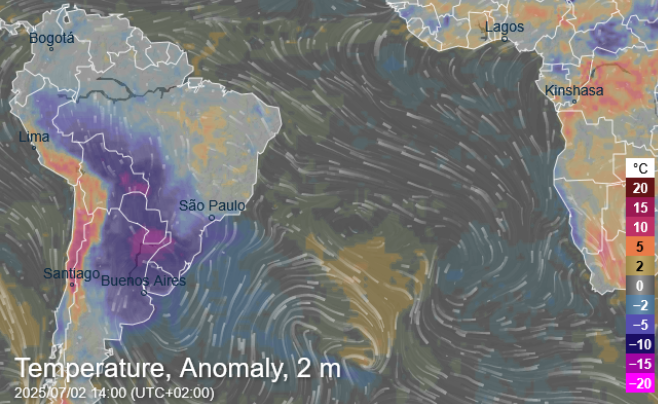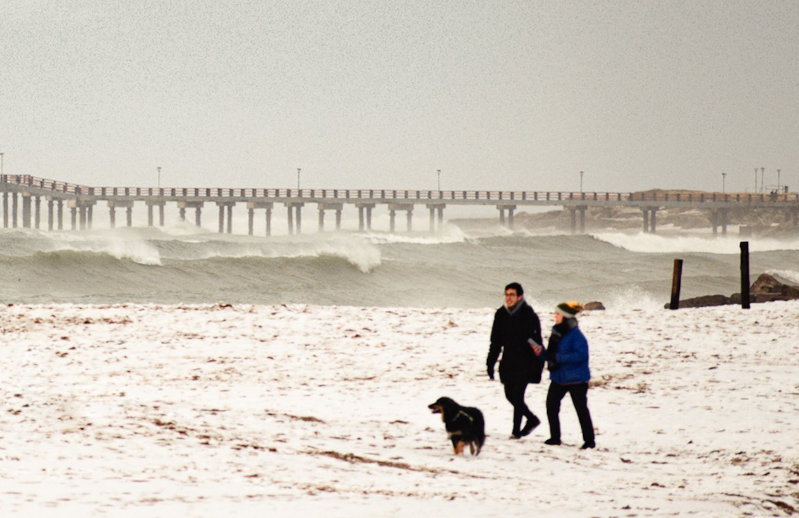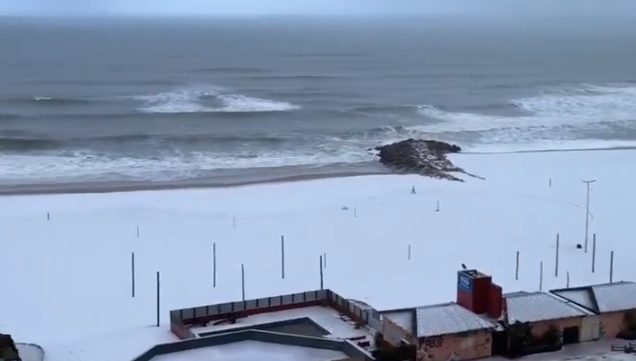
A historic polar cold wave has swept across southern South America, plunging temperatures to record lows and delivering rare snowfall to coastal regions unaccustomed to winter extremes. Buenos Aires recorded a freezing -1.9°C — its coldest temperature since 1991 — as 15 Argentine provinces were placed under extreme cold alerts. This chilling event marked a turning point in what many meteorologists are calling the coldest winter for Argentina in over three decades.
Rare Snowfall on Argentina’s Atlantic Coast
The coastal city of Miramar witnessed a rare snowfall on June 30, turning its Atlantic beaches white for the first time in 34 years. This extraordinary event stunned residents and visitors alike, as images of snow-covered sands went viral across social media platforms. Snow on Argentina’s coast is virtually unheard of, especially in early winter. This event harks back to 1991, the last time such a phenomenon occurred.
Snow Spreads to Chile, Uruguay, Bolivia — Even Brazil!
The polar outbreak didn’t stop at Argentina’s borders. Parts of Chile, Bolivia and Uruguay also experienced unexpected snowfalls, and in an even rarer twist, snow was reported on Brazil’s southern beaches, a phenomenon unseen since 2013. The snow in Brazil is particularly notable for how far north the cold reached, affecting areas generally known for their mild coastal winters.
Record-Breaking Temperatures
Alongside the snow came a cascade of cold records across the continent:
- Maquinchao, Argentina: A brutal -19.2°C, one of the coldest readings in the country this century.
- Balmaceda, Chile: A frigid -18.9°C, well below seasonal norms.
- Buenos Aires: As mentioned, dipped to -1.9°C, a temperature unseen since the great freeze of 1991.
These numbers are especially significant considering Argentina’s average winter air temperature hovers around 14°C, making this cold wave an extreme and exceptional outlier.
A Wake-Up Call for South America
This cold snap not only shattered records but also caught many unprepared. Energy demand surged, wildlife faced stress, and agricultural zones braced for potential crop damage. While such events are rare, scientists warn that extreme temperature swings — both hot and cold — may become more frequent due to shifts in global climate patterns, including changes in the jet stream and polar vortex behavior.
For now, South America finds itself in the grip of one of its most extraordinary winters in living memory, marked by snow-covered beaches, frost-bitten capitals, and a powerful reminder of nature’s volatility.

Source: https://x.com/ChaqueSilva1/status/1939777631504798109/photo/3

Source: https://x.com/rena_lynnx/status/1940510528872632717

Source: https://x.com/Ventuskycom/status/1940422096393498948/photo/1


























